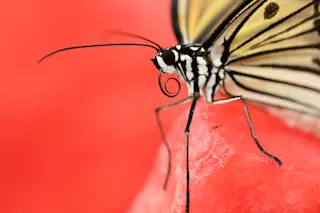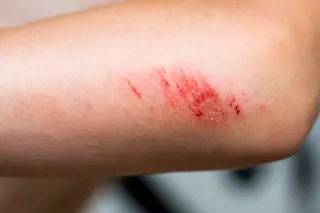Scientists at MD Anderson Cancer Center have created mice with long, slender, bat-like fingers in place of their short, stubby little paws. Unlike the stunning quail-duck, or "quck"—which was cobbled together with gnarly Face/Off-esque transplants—researchers created the “mouat” by simply replacing a small section of DNA from the mouse version to the bat version. This section is responsible for regulating the levels of a single protein in the developing limb—with the protein at elevated bat levels, the mouse’s fingers grew long and slender. The mouats are far from taking flight—it takes more than long fingers to make functional wings—but they may help solve the evolutionary mystery of bats, the only flying mammals. The fossil records show a sudden appearance of mammals nearly identical to modern bats about 50 million years ago—with no transitional forms—providing ample fodder for ID-ists. This study shows that a small change to the expression of a single gene—not even a change to the gene itself—may have instigated the evolution of mammalian flight.














